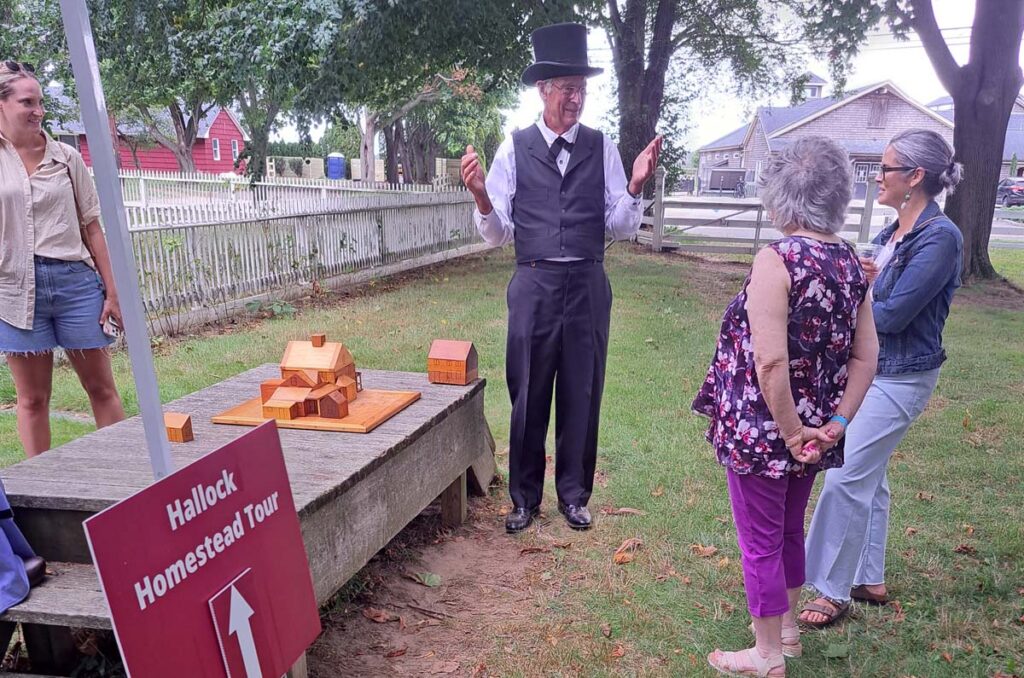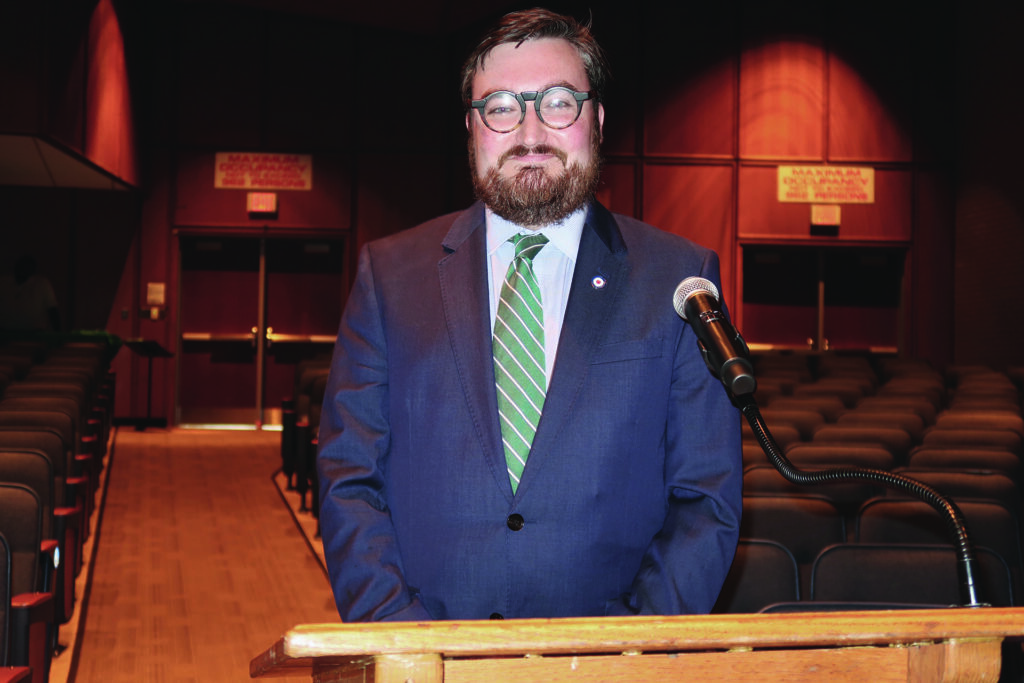Editorial: Flags should still be placed at the national cemeteries

Decoration Day began in 1868 as a means of honoring Union soldiers who died in battle during the Civil War. For decades, it was believed that 612,000 soldiers on both sides died during that war. In 2012, a more detailed study of census records raised that toll by 20%, to 750,000 — a huge number in a country that had just 31 million citizens in 1865.
By 1868, towns across America, mostly in the North, began honoring the dead by “decorating” their graves with flowers. Later, the South followed suit. In 1971, Memorial Day became a national holiday, observed on the last Monday in May to honor the fallen from all of America’s wars.
This year, Memorial Day on the North Fork, and across America, will be different, as so much of our lives already is. The ongoing pandemic has killed more than 90,000 in the United States and shut down huge parts of the American economy, endangering the economic livelihoods of millions.
For many generations, Scouts and volunteers have spent their Memorial Days placing American flags at gravesites in national cemeteries across the country, including Calverton National Cemetery.
That honorable and solemn practice — as of this writing — is now in jeopardy, having been suspended by the U.S. Department of Veterans Affairs amid concern about the coronavirus. This decision makes no sense at all and imperils a tradition that has deep meaning in every American community.
Suffolk County Executive Steve Bellone has written the VA asking it to allow local control of flag placement at national cemeteries, including Calverton. In his letter he said proper social distancing would be observed. So far, the VA has not relented.
It was understood before the VA’s decision that formal ceremonies at the national cemeteries would be canceled but that local Scouts and others would still be allowed to place flags on individual graves.
Frank Bailey of Middle Island, the volunteer flag placement coordinator for Calverton, said each volunteer would have been assigned specific rows in one section of the cemetery. They would have been instructed to wait in their cars until exactly 9:30 a.m. on the day of placement and to head home immediately after completing their rows.
“I’m disappointed in the decision,” Mr. Bailey said. “I think it’s disgraceful.”
It truly is — even more so considering that Calverton is spread out over more than 1,000 acres. “You couldn’t be more socially distanced,” Mr. Bailey said of the sprawling national cemetery, the largest in the U.S.
While the VA’s decision hurts every community that is home to a national cemetery, consider that Suffolk is home to more veterans than any county in New York State.
The VA’s decision does not affect flag-placing ceremonies at other cemeteries on the North Fork, some of which date back far enough that they are the final resting places of Revolutionary War veterans. We will still see the American flags there, which is only right.
On Monday, local fire departments will conduct drive-bys at all North Fork American Legion posts. In Southold, wreaths will be placed at war memorials, including the handsome monument on Main Road that was erected in the 1890s to honor the town’s Civil War vets.
The Suffolk Times has done stories on that one monument, which bears the names of dozens of local men who served during the Civil War. Stop by there on Monday. Read off the names. And maybe bring along a copy of John McCrae’s World War I poem “In Flanders Fields,” which contains these lines:
In Flanders fields the poppies blow
Between the crosses, row on row,
That mark our place; and in the sky
The larks, still bravely singing, fly
Scarce heard amid the guns below.
We are the Dead. Short days ago
We lived, felt dawn, saw sunset glow,
Loved and were loved, and now we lie,
In Flanders fields.








